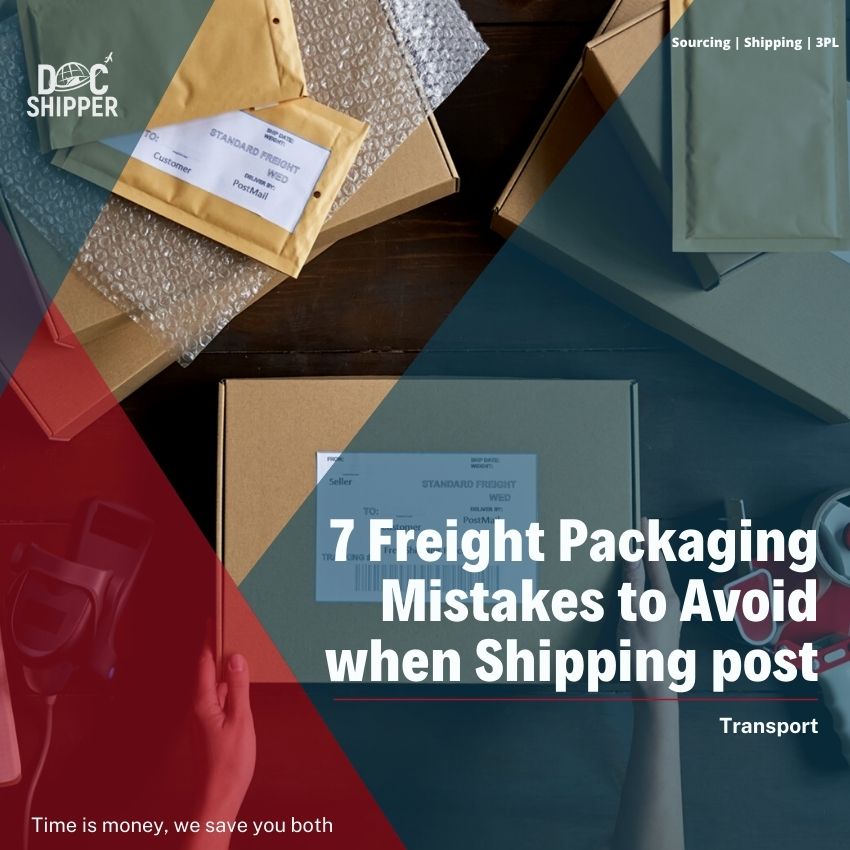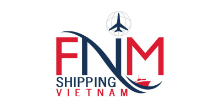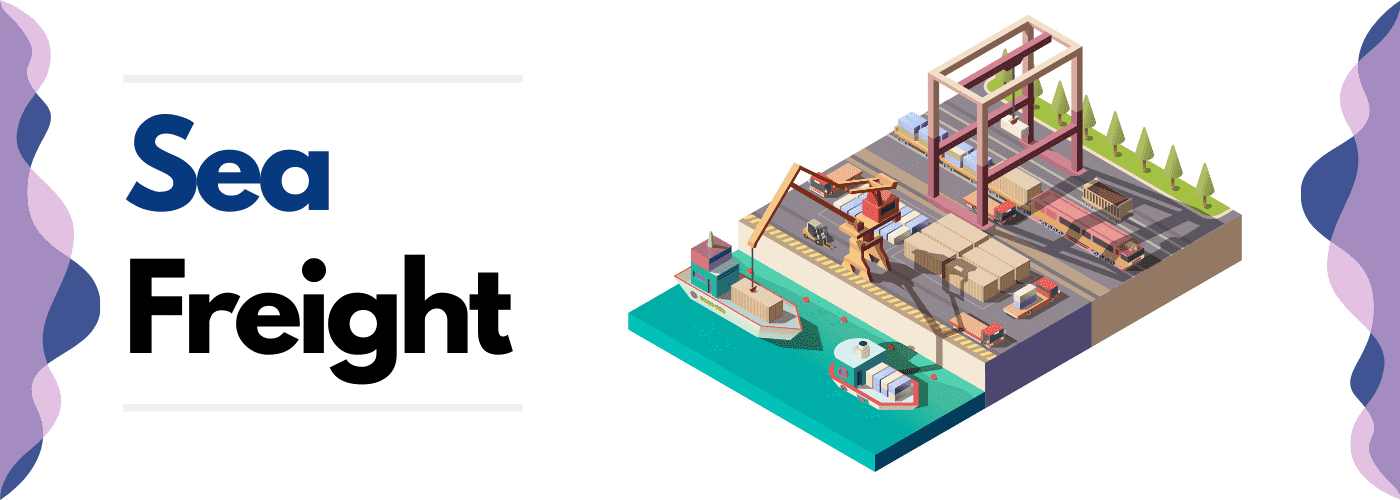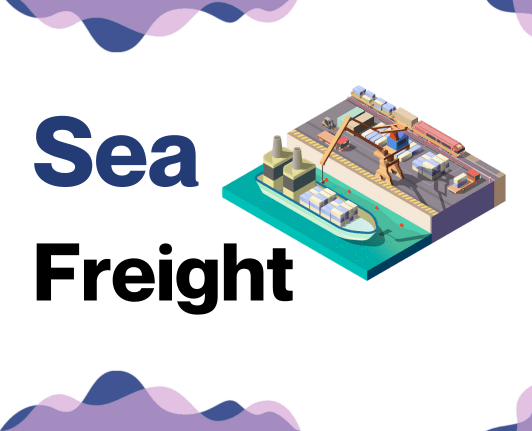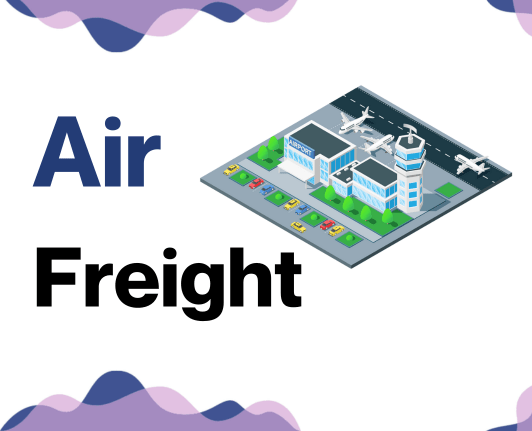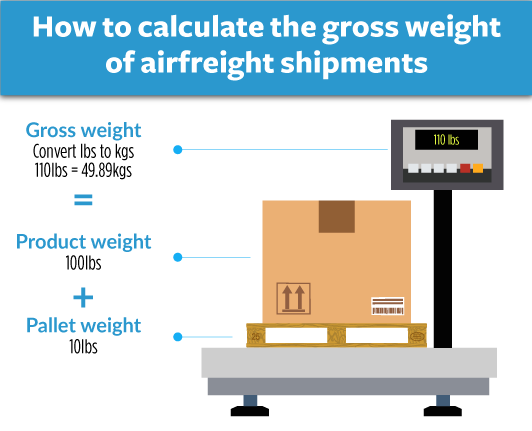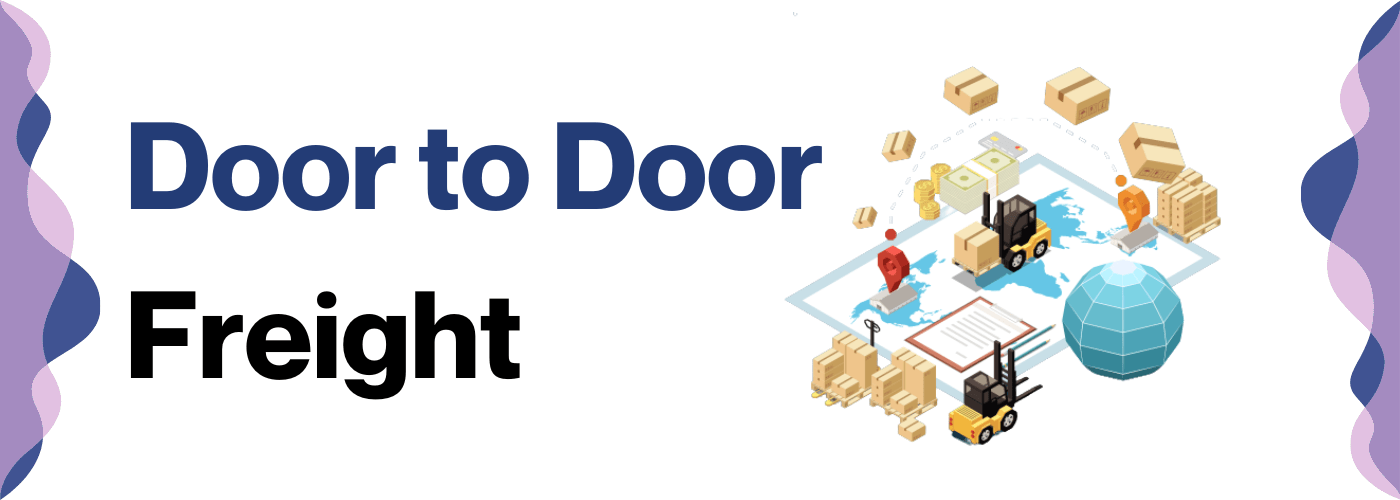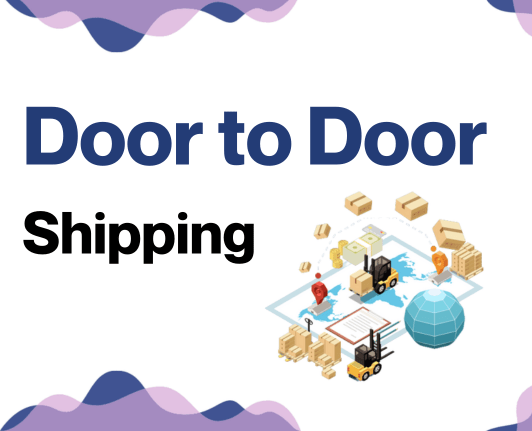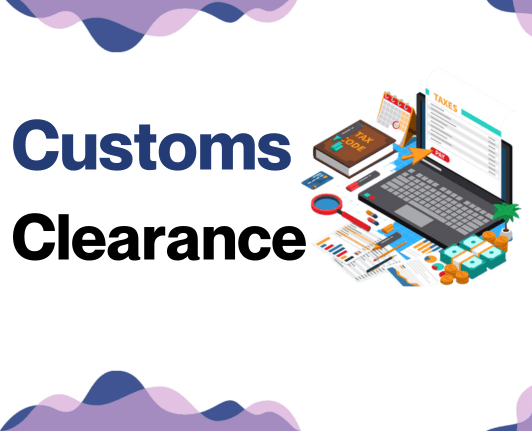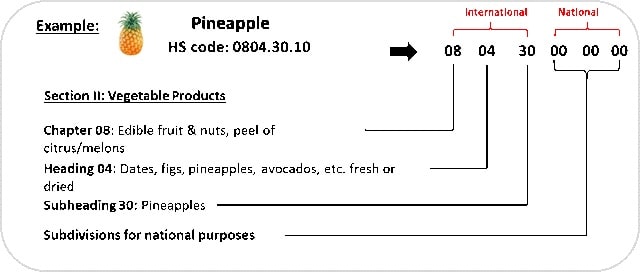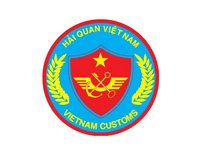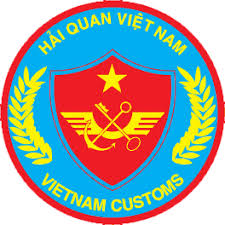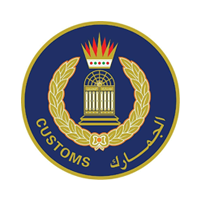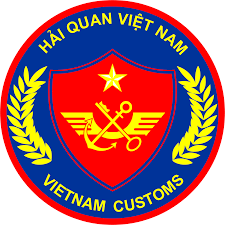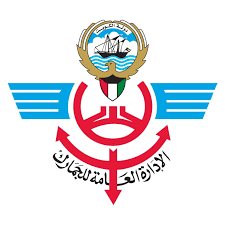Context for Businesses: If your trade needs revolve around northeast Asian markets, utilizing the Port of Hai Phong could streamline your logistics, with its impressive multi-modal connectivity.
Port of Quy Nhon:
Location and Volume: Quy Nhon Port is in Binh Dinh province, central Vietnam. It's an up-and-coming port with a shipping volume exceeding 400,000 TEUs.
Key Trading Partners and Strategic Importance: Its main trading partners are China and South Korea. Quy Nhon's potential as a developing port regionally is increasingly recognized.
Context for Businesses: If your business is seeking emerging markets within Southeast Asia or exploring under-served areas, the Port of Quy Nhon offers interesting opportunities, given its growing prominence.
Port of Cam Ranh:
Location and Volume: Located in Khanh Hoa province, southern Vietnam, Cam Ranh is primarily a naval port, with limited commercial shipping volumes but potential for growth.
Key Trading Partners and Strategic Importance: It currently serves regional maritime domestic needs but aims to grow its international reach, potentially emerging as a key player in logistics.
Context for Businesses: For businesses that anticipate a long-term presence and growth in Vietnam, watching the development of the Port of Cam Ranh could present future opportunities leveraging its strategic geographic position.
Port of Vung Tau:
Location and Volume: Based in Ba Ria–Vung Tau province, southern Vietnam, Vung Tau is a medium-sized port handling close to a million TEUs.
Key Trading Partners and Strategic Importance: Vung Tau has its principal trading partnerships with Australia, the US, and China. As an important shipping point for export-related industries, it gains strategic relevance.
Context for Businesses: If your company is engaged in industries like manufacturing or heavy industries with direct exports, integrating the Port of Vung Tau into your shipping strategy could present distinct advantages.
Main shipping ports in Saudi Arabia
King Abdullah Port
Location and Volume: Located in King Abdullah Economic City along the central Red Sea coast, King Abdullah Port is critical for trade and economic growth in Saudi Arabia. The port boasts a shipping volume of over 2.3 million TEU annually.
Key Trading Partners and Strategic Importance: China, the United States, and India are the port’s major trading partners. Furthermore, King Abdullah Port is considered the second fastest-growing port globally, indicating its strategic importance and potential.
Context for Businesses: If your business is aiming to tap into the high-growth markets of the Middle East, King Abdullah Port, with its advanced technology and rapid growth, offers you an impressive logistical edge.
Jeddah Islamic Port
Location and Volume: Situated on the Red Sea in Jeddah, Jeddah Islamic Port is the busiest port in the Kingdom and handles over 59% of Saudi Arabia’s sea imports, with a shipping volume of approximately 4.3 million TEU.
Key Trading Partners and Strategic Importance: The port's key trading partners include China, India, and the United States. As the largest seaport on the Red Sea, Jeddah Islamic Port is strategically important for access to European and African markets.
Context for Businesses: If your business is focused on maximizing import efficiency into Saudi Arabia, then you should consider tapping into Jeddah Islamic Port due to its significant import handling capability.
Dammam Port
Location and Volume: Situated on the Arabia Gulf in the Eastern Province of the Saudi Arabia, Dammam Port is critical for facilitating trade between the Gulf countries and the Eastern region of the Kingdom, with a shipping volume of about 1.5 million TEU.
Key Trading Partners and Strategic Importance: Dammam Port key trading partners include India, China, and Singapore. The port's strategic location and its proximity to the Kingdom’s central and Eastern provinces make it a critical logistics hub.
Context for Businesses: If your goal is to facilitate trade with the Gulf countries or the far eastern region, Dammam Port, with its strategic location and access, can be a robust part of your logistics planning.
Ras Tanura Port
Location and Volume: Located along the Persian Gulf in the Eastern Province, Ras Tanura Port specializes in oil shipping, serving as the oldest and largest oil port in Saudi Arabia. It handles the majority of the country's petroleum exports.
Key Trading Partners and Strategic Importance: The U.S., Japan, and South Korea are major trading partners, accounting for most oil export. Ras Tanura's strategic importance arises from its role as a leading global oil shipping hub.
Context for Businesses: If you're involved in the petroleum industry and require a reliable and effective shipping partner, Ras Tanura Port, boasting a significant petroleum handling mechanism, can be a critical component of your supply chain.
Jazan Port
Location and Volume: Located on the southwestern coast of Saudi Arabia, near the border with Yemen, Jazan Port primarily focuses on agricultural imports and exports and has a shipping volume of around 500,000 TEU.
Key Trading Partners and Strategic Importance: Its main trading partners are within the GCC countries and around the Red Sea region. The strategic importance of Jazan Port lies in its proximity to Africa and its role in facilitating the Kingdom's agricultural trade.
Context for Businesses: If your interest lies in agricultural products and you aim to exploit markets in the African region and the GCC, then Jazan Port, with its dedicated agricultural facilities, is another route worth considering.
Yanbu Commercial Port
Location and Volume: Yanbu Commercial Port, located on the Red Sea coast in the Al Madinah Province, is a key shipping point for industries such as petrochemicals and minerals, with a shipping volume of about 200,000 TEU.
Key Trading Partners and Strategic Importance: China, the United States, and Singapore are some of its top trading partners. Yanbu Commercial Port is strategically important due to its petrochemical and mineral industries.
Context for Businesses: If your ambition is to trade in petrochemicals or minerals, then Yanbu Commercial Port, with its booming petrochemical industry, could be an optimal platform for you.
